“Well, I heard seven of ‘em can eat as much as a cow,” one fellow told us. Another person said that three of them could eat as much as a sheep. Seems like everyone had some sort of story on this new menace. No one was surprised that we had trouble.
Our new nemesis was jackrabbits! By the dozens! The ranchers all had stories about how they would compete for range land with the livestock, but we never thought these interesting but reclusive beasts would give us fits. That was until about three cows’ worth of them attacked our larkspur!
Last fall we started planting on our new 100-acre purchase. There are two large fields, and in October we planted about an acre of larkspur. The rains were just right, and by Christmas we had the best looking crop of larkspur that we’d ever grown. That’s when they struck.
Late in the day on Christmas Eve, we were walking the field over there and we noticed that the rabbits had started in on the larkspur. They had already hit the cornflower, but larkspur is supposed to be poisonous - full of toxic alkaloids - so we we didn’t worry too much. Christmas came and went, and the day after, we went back to the new field. The entire center section of the larkspur planting was gone - mowed to a nub! They had devoured over half an acre in two nights and were likely to finish the job that night! Panic mode!! We had just received a new shipment of row cover, and we had to cover the entire acre. That was expensive!
We’ve had our share of disasters like this around here, and like before, it has been our ability to start seeds fast that saves us. Whenever we have a calamity, Frank goes into gear and plants thousands of seedlings, and we replant quickly. Luckily, we had a batch of larkspur seed ready to go, so we were able to replant.
Knowing a few tricks can make a big difference in seed starting, and it saved our larkspur crop. We’ll give you a rundown on some of the basic seed starting concepts, and then tell you a few tricks we’ve learned.
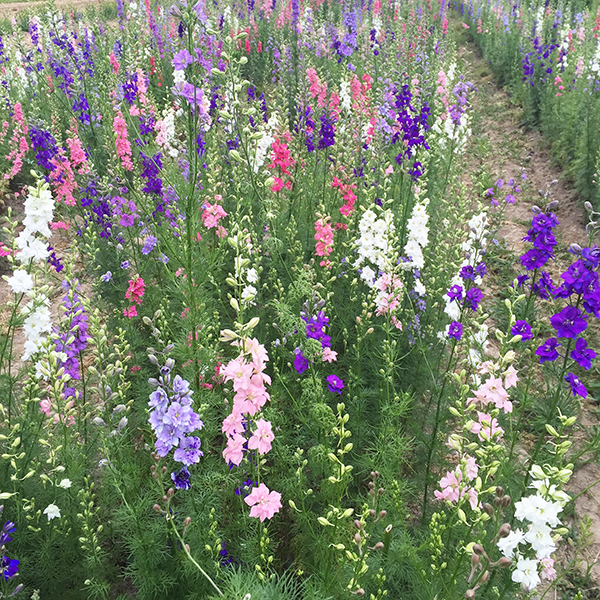
Two main factors control germination
First and foremost, always start with good seed. The time and space used for starting seed is far more valuable than the seed itself. We always start the season with fresh seed. If you save seed from year to year, do a small germination test several weeks before you actually need the seed. You’ll have time to order new seed if you need it, and you won’t waste valuable time waiting for bad seed to germinate.
In our opinion, there are two main factors to deal with in starting seeds - light and temperature. Seeds are hardwired to germinate when conditions in their natural environment are correct. If you can figure out these two requirements, 90% of your seed starting problems will be taken care of.
For some seeds light (or darkness) is the main factor in germination. Seeds contain a compound called phytochrome, and phytochrome changes form when exposed to light. The form of phytochrome in the seed affects the germination. Some seeds need to be exposed to light to germinate, and other seeds need complete darkness to germinate. Many seeds have no light or dark requirement, and will germinate whenever the other environmental factors are right.
Temperature is the other big factor in germination. Seeds respond to temperature in order to germinate at the right season in their natural environment. Seeds of heat-loving annuals would not survive if they germinated right away when they are shed in the fall. Likewise, a cool growing plant would perish if it germinated when the soil was warming up in late spring. When you understand the natural cycle of a plant, you can mimic its natural conditions for good germination.
These two factors can work alone, but often they are related. One good example is celosia. This seed needs light to germinate, but it also needs heat. When you think about the plant, it makes sense. The seed is very small, and would normally lay on or near the soil surface in nature, The plant is a heat loving, summer plant, so the seed would lie dormant until conditions are right for active summer growth. Those conditions are heat and light. Make sure the seed has these conditions, and celosia seed comes up easily.
There are plants that would normally wait to germinate in the fall so they can overwinter as a young plant and bloom in the spring. It makes sense that seeds of these plants would lie dormant through the summer, and germinate only when they sensed the soil temperatures cooling off in the fall. Larkspur is a perfect example of this. The seed won’t germinate until the soil temperature cools down to below 60 degrees. We can’t plant larkspur here in Texas until late October, at the earliest. Larkspur has the additional requirement that it needs darkness to germinate. So, cool and dark for this one.
Of course, many seeds aren’t this picky. Dianthus will come up under most conditions. It sprouts fast with a little heat, but will come up in cool weather just the same. And as long as the seed is kept moist, it doesn’t matter if it is covered or not. Marigolds and zinnias are similar. As a rule, small seed likes light and large seed needs dark, but that is a very loose rule. And generally, none of the above factors work on dry seed. The seed has to be moist to respond.
We have learned to take advantage of these different requirements, and to make them work for us. One of these tricks help us save our larkspur crop.
As we mentioned, larkspur likes dark, cool conditions. If we plant larkspur in late October, it will come up in about three weeks, longer if the soil is dry. This is a lot of time, so we started “priming” our seed in the refrigerator.
What we do is this: about 2 weeks before we plant, we put the dry seed in zip lock bags and then add a small amount of water. Inflate the bag a bit, seal it, and shake the seed until it is well coated with water. Add a bit more water if needed to moisten the seed completely, but drain off any extra water you might have in the bottom of the bag. Put the bag in the fridge, and check it the next day.
The seed should have absorbed all the water - it should flow freely and not stick together in clumps. If it does, open the bag and set it out to dry for an hour or two. If your seed still looks really dry when you check it, add a tiny bit more water and check it again in a day. The key here is that you want the seed to be moist enough to respond to the cold treatment, but still be dry enough to flow through the seeder when it is time to plant.
After two weeks, the seed will be ready to germinate. We sow our larkspur with a walk-behind Earthway planter, using the onion plate. If you want it thicker, use the cuke plate. We plant four rows in a 4-foot wide bed. Using primed seed, we get germination in about a week. This cuts down on crop time, and more importantly, gives the larkspur a jump on the weeds. This method works well for late plantings in the spring, when soil temperatures are warming up. This method also works well with carrot seed.
When the rabbits ate our larkspur, we were lucky enough to have a bag of primed seed left in the fridge. We went right out and replanted, and the seeds came right up. The new plants should catch up with the others by spring.
Delphinium and rudbeckia
We use the same chilling trick on belladonna delphiniums, but with a slight twist. Seed for the new varieties of belladonnas is pricey, so we need good germination; but delphinium is notoriously hard to germinate. We plant our seed in a 200 cell plug tray, stack the trays, and put them in our cooler for about 2 weeks. The seed needs darkness, so we cover the seed completely with soil mix before we put them in the cooler, and here is the trick. Water in your plug trays, seed them, and then cover them with dry soil and don’t water them in. Stack the trays and put them in the cooler like that.
Delphinium seed doesn’t like to be real wet at first, so the covering of dry soil absorbs a lot of the water, and the seed stays moist, but not wet, in the cooler. We usually don’t have to add water to the trays in the cooler. After two weeks, we pull the trays out, put them in a 60 degree greenhouse and water them in well. The seed will be up in a week, and we have over 90% germination on our Oriental Blue delphinium this year.
We do a similar thing to our rudbeckia seed with total success. We sow the seed in 392 cell plug trays. Unlike delphinium, rudbeckia seed needs light, so we cover the seed just a bit with coarse vermiculite. The plug trays are watered in, then sown, and then we water them well again. The trays are stacked, but not sealed in anything, and they are placed in the cooler. Perennial rudbeckia seed needs about 30 days in the cooler. Annual seed needs about 10 days. Check the trays to make sure they are not drying out and water if needed. After 4 weeks, put the trays on the greenhouse bench in the light, and the seed will come right up. This treatment also works for columbine.
Heat-loving seeds
For seed that needs heat, we use heating cables that we buy from the Gloeckner supply catalog. The cables are spread out about 4 inches apart on a piece of “cellotex” insulation board, and old plug trays are spread out upside down on the cables. Use a size that is different from the trays you seed in. Our plug trays are then set on these trays, and the heat is dispersed underneath them. The lower trays have to be a different size so the plug trays don’t drop into them.
Seeds that need heat are germinated on these heat cables until about 50% of the seeds are up, and then they are moved. Some seeds that definitely need heat are celosias and peppers. Other seeds, like godetia, don’t need heat, but will germinate in two days with bottom heat!
Peppers are a tricky seed to start for a lot of folks. They really need warm soil to come up, and they also need to be dark. If you are having trouble, give them bottom heat, and cover them well with soil mix. Additionally, if you put a layer of moist newspaper over the trays, that will provide more darkness and trap the heat. We usually don’t have to do that, but if your seed bench is in a cool greenhouse, the newspaper will make all the difference in keeping the soil in the trays warm.
Seed-starting resources
Most seed catalogs will have germination information with the seed description. Johnny's and Germania have good info. For a good all-around seed starting reference, get a copy of the Ball Culture Guide, by Jim Nau. It gives a good overview of annuals and perennials, and has a section on cut flowers. But the best germination guide we have ever seen is in the Jelitto Seed catalog. Jelitto only sells perennial seed, and they have what is probably the world’s best selection of perennial seed, with detailed instructions (in seven languages!) on starting seeds.
So, we are starting seeds like crazy this spring, trying to fill up a new field and stay one step ahead of the jackrabbits. When we first bought the property, we had to fence the east side to keep out the neighbors cows. Then we put up a deer fence around the field. Now we are having to put up a 2-foot high chicken wire fence around the base of the deer fence for the jackrabbits. Ugh - what’s next? Too bad we can’t fence out the grasshoppers. Wonder how many grasshoppers equal one cow? We don’t want to know!
Frank and Pamela Arnosky are the owners of Texas Specialty Cut Flowers in Blanco, Texas. They have more land and greenhouses in cut flowers than we can keep track of because they just keep growing!

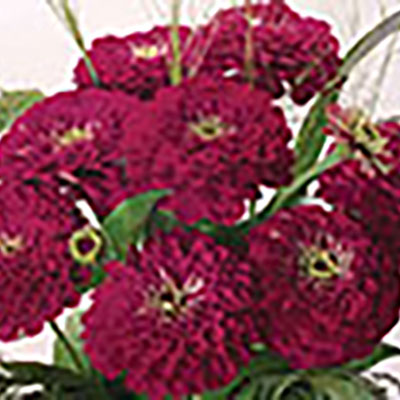
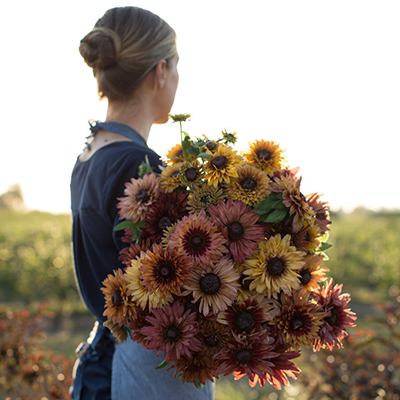

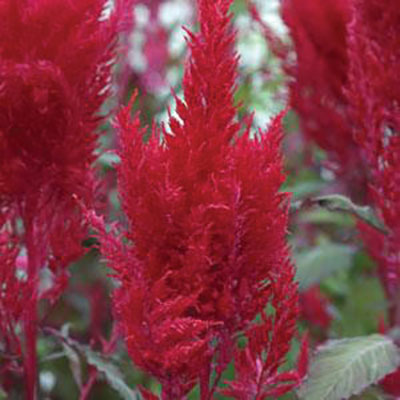
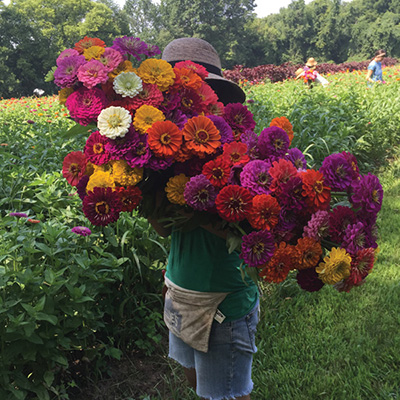
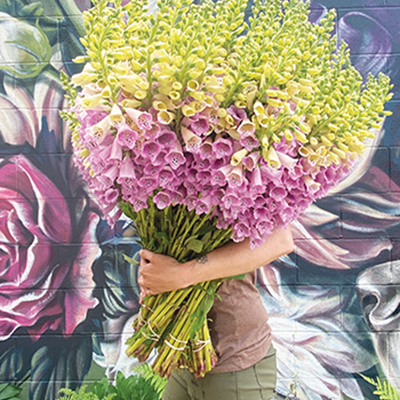
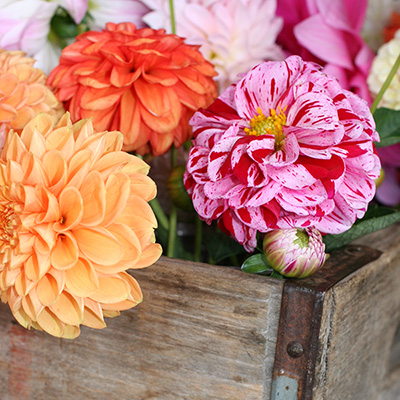


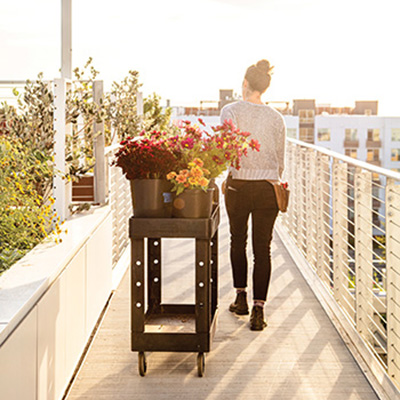
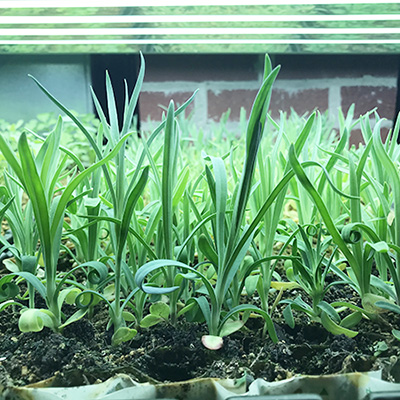
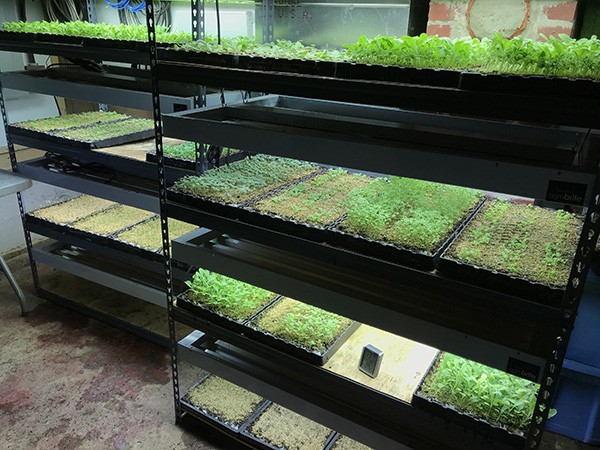 Have you ever lost precious seedlings in your greenhouse to frost? How about tossing a flat or two out due to heat stress or a missed watering? Or better still, stared at a tray of seeds that won’t germinate, with smoke coming out of your ears, because you’re sure someone (not you!) mis-watered them at a critical moment? Have you ever shrugged to yourself reading the growing instructions on a seed packet that says “Germinates best at 70 Fahrenheit” while standing in your 85-90 degree greenhouse? You’ve started to look into a germination chamber to solve some of these issues, but they look pricey and have limitations like not being able to handle as many flats as you’d like to start at once.
Have you ever lost precious seedlings in your greenhouse to frost? How about tossing a flat or two out due to heat stress or a missed watering? Or better still, stared at a tray of seeds that won’t germinate, with smoke coming out of your ears, because you’re sure someone (not you!) mis-watered them at a critical moment? Have you ever shrugged to yourself reading the growing instructions on a seed packet that says “Germinates best at 70 Fahrenheit” while standing in your 85-90 degree greenhouse? You’ve started to look into a germination chamber to solve some of these issues, but they look pricey and have limitations like not being able to handle as many flats as you’d like to start at once.

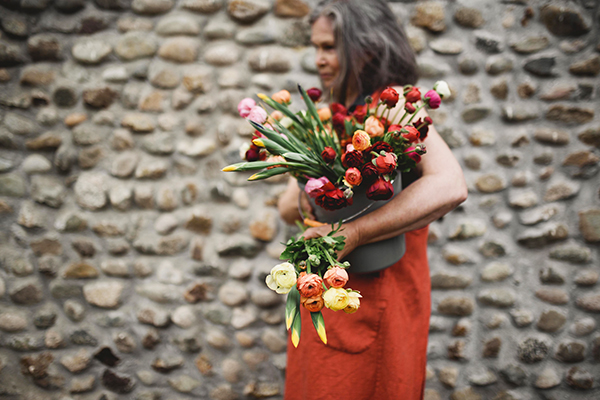 Lorna Jackson started flower farming intensely relatively later in life at Ninebark Farm on a century-old hayfield in Metchosin at the southern tip of Vancouver Island in British Columbia, Canada. Now 64, she plans to continue into her 70s. To keep going, she makes adaptations to ease the toll on her body.
Lorna Jackson started flower farming intensely relatively later in life at Ninebark Farm on a century-old hayfield in Metchosin at the southern tip of Vancouver Island in British Columbia, Canada. Now 64, she plans to continue into her 70s. To keep going, she makes adaptations to ease the toll on her body.
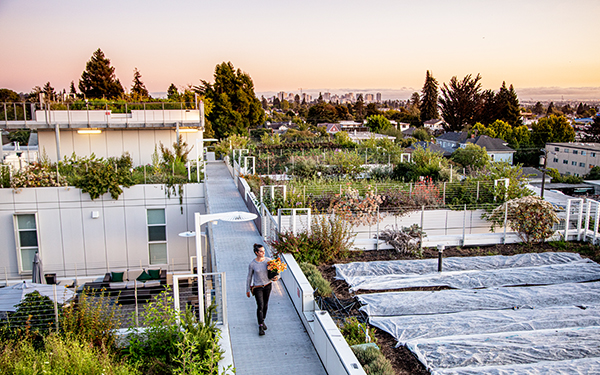 I own and operate Bluma Flower Farm, currently located on a rooftop in downtown Berkeley, California. Going into this year my plan was to try to replicate what I did the year before, one of Bluma’s best years yet. This would have been the first year I didn’t make any big changes. But then the pandemic hit and, of course, like many other businesses, I had to pivot and find ways to survive.
I own and operate Bluma Flower Farm, currently located on a rooftop in downtown Berkeley, California. Going into this year my plan was to try to replicate what I did the year before, one of Bluma’s best years yet. This would have been the first year I didn’t make any big changes. But then the pandemic hit and, of course, like many other businesses, I had to pivot and find ways to survive. 
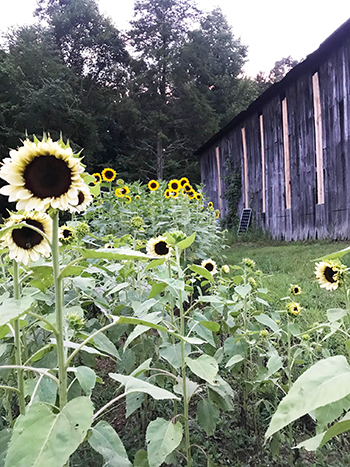 After spending years working in a corporate environment and managing key performance indicators, I was excited about the prospect of farming without the overhead of data analysis. Gone would be the management by objectives, the need to determine return on investment and other such details on which the corporate world revolves.
After spending years working in a corporate environment and managing key performance indicators, I was excited about the prospect of farming without the overhead of data analysis. Gone would be the management by objectives, the need to determine return on investment and other such details on which the corporate world revolves.